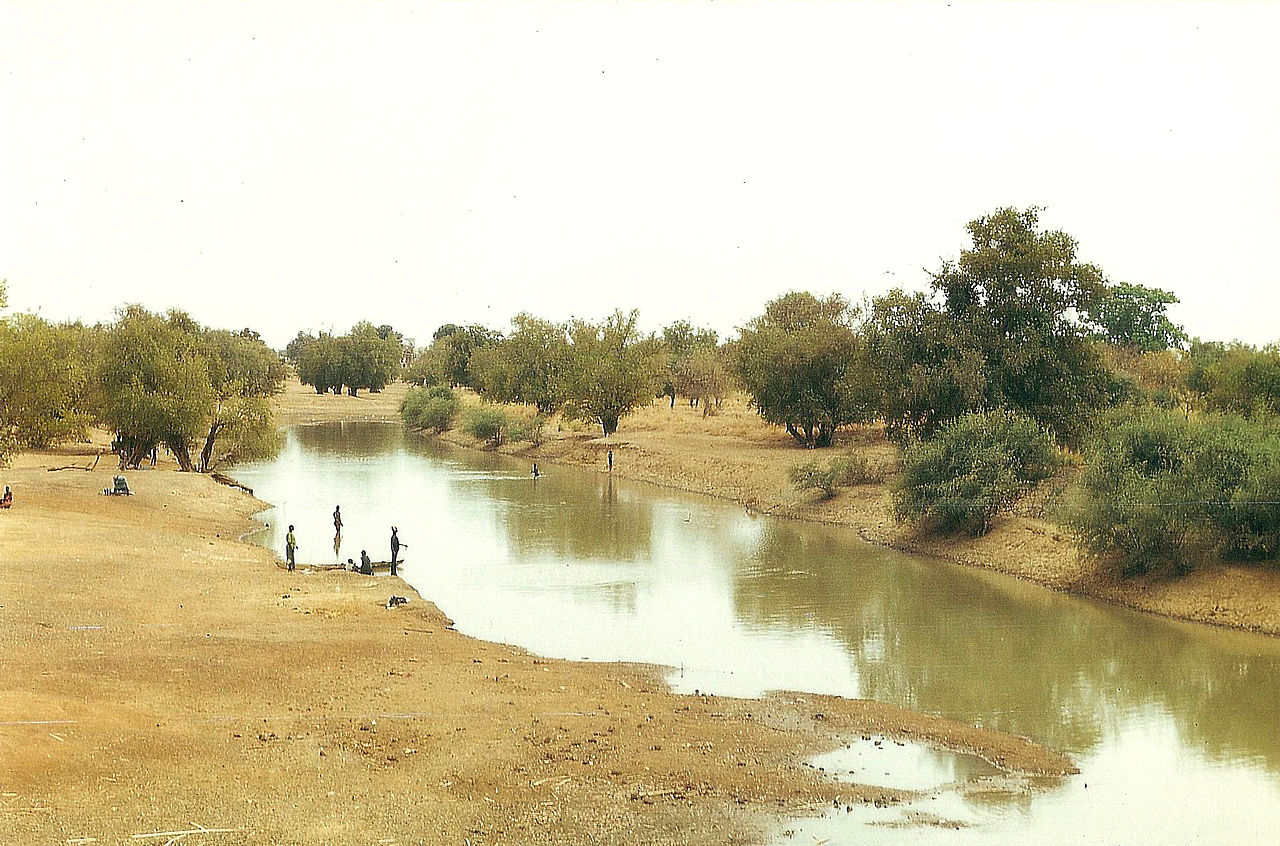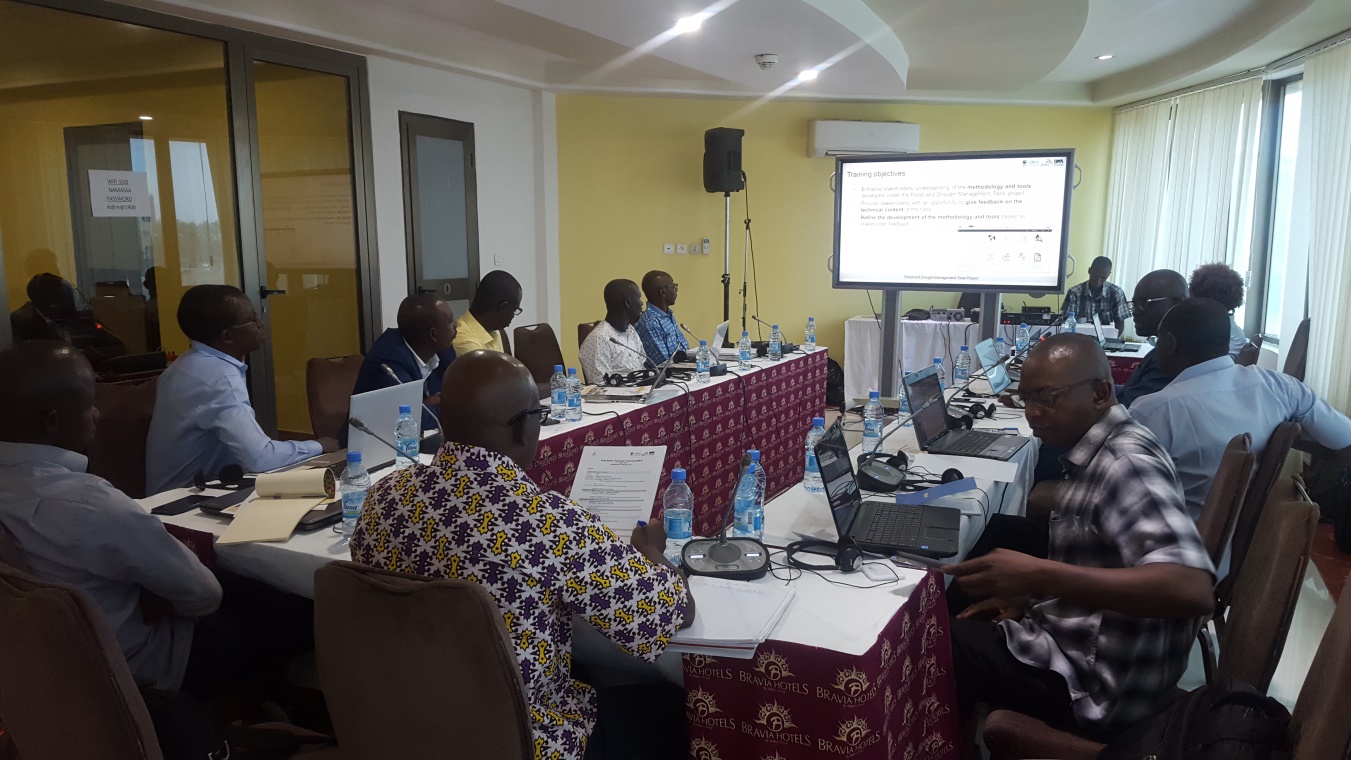The Impact of Climate Change on Water Supply in the Sahel Region: The case of Burkina Faso
Over the last few decades, Burkina Faso, partly due to its geographical location, has experienced strong seasonal and annual climatic variations that place pressure on limited water resources. Climate variability is a major constraint on food security, health, environment, and poverty reduction due to a high dependence on the agricultural sector, which is 86% of the GDP. Available water resources are highly vulnerable to changes in rain, temperature and wind patterns. This has become a major challenge in the operations of the national utility, Office National de l’Eau et de l’Assainissement (ONEA), supplying drinking water for 43 urban centers in the country, including Burkina Faso’s capital, Ouagadougou which has an estimated population of over 20 million people (figures from www.wordometers.info). According to ONEA, an IWA member since 2015, the major climate related risks to water supply faced by the country are droughts, floods and erosion. These risks do not just affect the quality and quantity of the resources but also result in damage to infrastructure, rendering them temporarily inoperative, leading to an increased risk of contamination or untimely distribution of water. In 2016, floods affected about 9 regions with a total of 27,826 people. Drought has also affected a cumulative number of about 12.4 million people between 1969 and 2014. Erosion, which occurs during both flood and drought events, silts up rivers causing deterioration of water quality by not only increasing the turbidity of the water but also by run-off of pollutants even in underground aquifers. Considering the country’s climate profile, it is appropriate to ensure proper planning to better address the impacts of the changing climate to manage the operations of the water utility and ensure equal access to water supply for a fast growing population.
Despite the challenges brought about by flooding and drought, ONEA is committed to providing equitable access to adequate water supply and effectively managing the limited water resources in order to contribute to sustainable development through several programmes. Water Safety Plans (WSP), a comprehensive risk assessment and risk management approach that encompasses all steps in water supply from catchment to consumer, is one such programme recommended by the World Health Organization and (WHO) and the International Water Association (IWA), and adopted by ONEA to help ensure their water service provision. Most of the major river banks in the country have a high concentration of commercial activities such as farming and mining. Through the use of fertilizers and pesticides, water is easily contaminated causing negative effects for fish stocks, human and animal health. Implementing WSP ultimately ensures a supply of safety and acceptable drinking water supply.
Mr. Olivier Yameogo, Water Quality Manager with ONEA, believes WSP plays a key role in operational planning and investments. He added that, it is the most effective way for ONEA to ensure the safety of the water supply by applying an overall risk assessment and management strategy, covering all stages of the supply system from catchment to the consumer and believes its integration of health security into planning is essential. Water professionals need tools that allow them to manage and plan for climate risks. DHI, a member of IWA has, together with the association, developed a methodology with a package of technical applications to help basin stakeholders, such as water utilities, better integrate climate information and future changes into planning. IWA has used its position as a leading association for water professionals to disseminate the portal and its technical application to IWA members, such as ONEA.
The Flood and Drought Portal (http://www.flooddroughtmonitor.com/), developed under the Flood and Drought Management Tools (FDMT) project, provides ONEA with a way integrate information about floods, droughts and future scenarios into WSP. Olivier made the point that the project has been beneficial to ONEA to address the issue around access to climate data, where knowledge and collection has been insufficient at the national level. Through the portal, ONEA is able to get free, reliable and near real-time climate data (rainfall, temperature, evapotranspiration, etc.). This information is necessary for ONEA to evaluate the risks to their water supply system and to propose reliable control measures, steps which are taken during the development and implementation of their WSP. A WSP supporting application is also available in the Flood and Drought Portal, which provides ONEA with a means of developing and documenting their WSP. For ONEA, this is just the beginning of the best to come. They believe their capacity and that of other stakeholders should continue to build around the Flood and Drought Portal to allow for better planning of operations and future investments.
About the Flood and Drought Management Tools project
The Flood and Drought Management Tools (FDMT) project, a Global Environment Facility (GEF) International Waters (IW) funded project, implemented by the UN Environment, with the International Water Association (IWA) and DHI as the executing agencies. The project is developing online technical applications to support planning from the transboundary basin to water utility level by including better information on floods and droughts. The project is being implemented from 2014 – 2018, with 3 pilot basins (Volta, Lake Victoria and Chao Phraya) participating in development and testing of the methodology and technical applications.
For more information on the Flood and Drought Management Tools project, visit: http://fdmt.iwlearn.org.
About Olivier Wendlassida Yameogo
 Olivier Wendlassida Yameogo currently holds the position of Head of Water Quality Service of the National Office for Water and Sanitation (ONEA). His main mission in the institution is to monitor the quality of the water produced and distributed and to monitor the performance of the production and purification works.
Olivier Wendlassida Yameogo currently holds the position of Head of Water Quality Service of the National Office for Water and Sanitation (ONEA). His main mission in the institution is to monitor the quality of the water produced and distributed and to monitor the performance of the production and purification works.
The short-term goal is to improve the quality of drinking water in Burkina Faso by implementing strategies such as water safety management plans and improving planning for climate effects (floods and droughts) to make meaningful access to drinking water a fundamental right recognised by the United Nations General Assembly since 2010.



